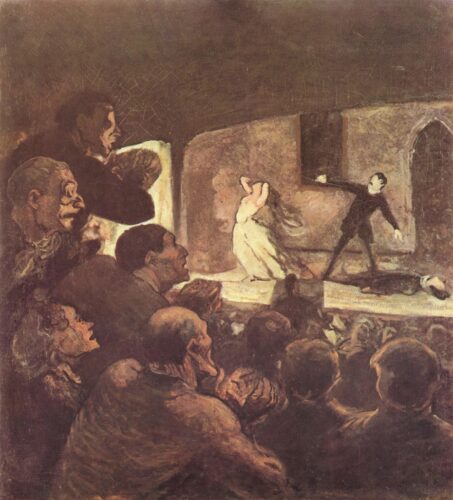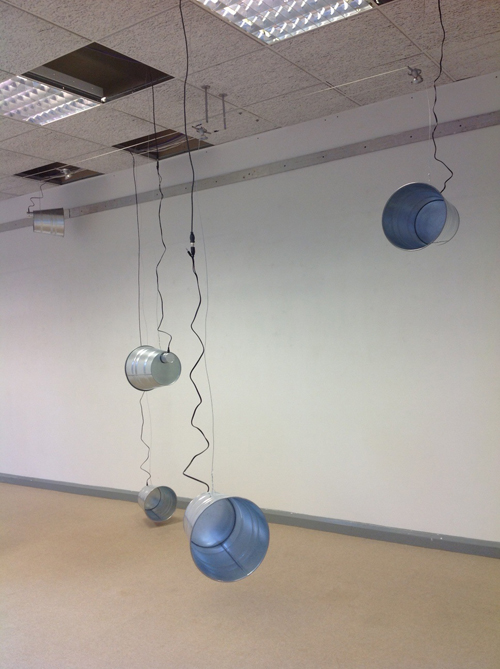
Yes, Movie Critics Matter
Armond White is the movie critic for National Review. In 2010, as then-chairman of the New York Film Critics Circle, he addressed the group’s annual award banquet. Moviedom VIPs attended: Meryl Streep, George Clooney, Jeff Bridges, others. None liked what they heard.
An essay based on that talk appeared afterward in First Things under the title “Do Movie Critics Matter?”
Most editors and publishers today cut out or limit criticism’s traditional media function. Journalistic standards have changed so drastically that, when I took the podium at the film circle’s dinner and quoted Pauline Kael’s 1974 alarm, “Criticism is all that stands between the public and advertising,” the gala’s audience responded with an audible hush—not applause.Continue Reading





